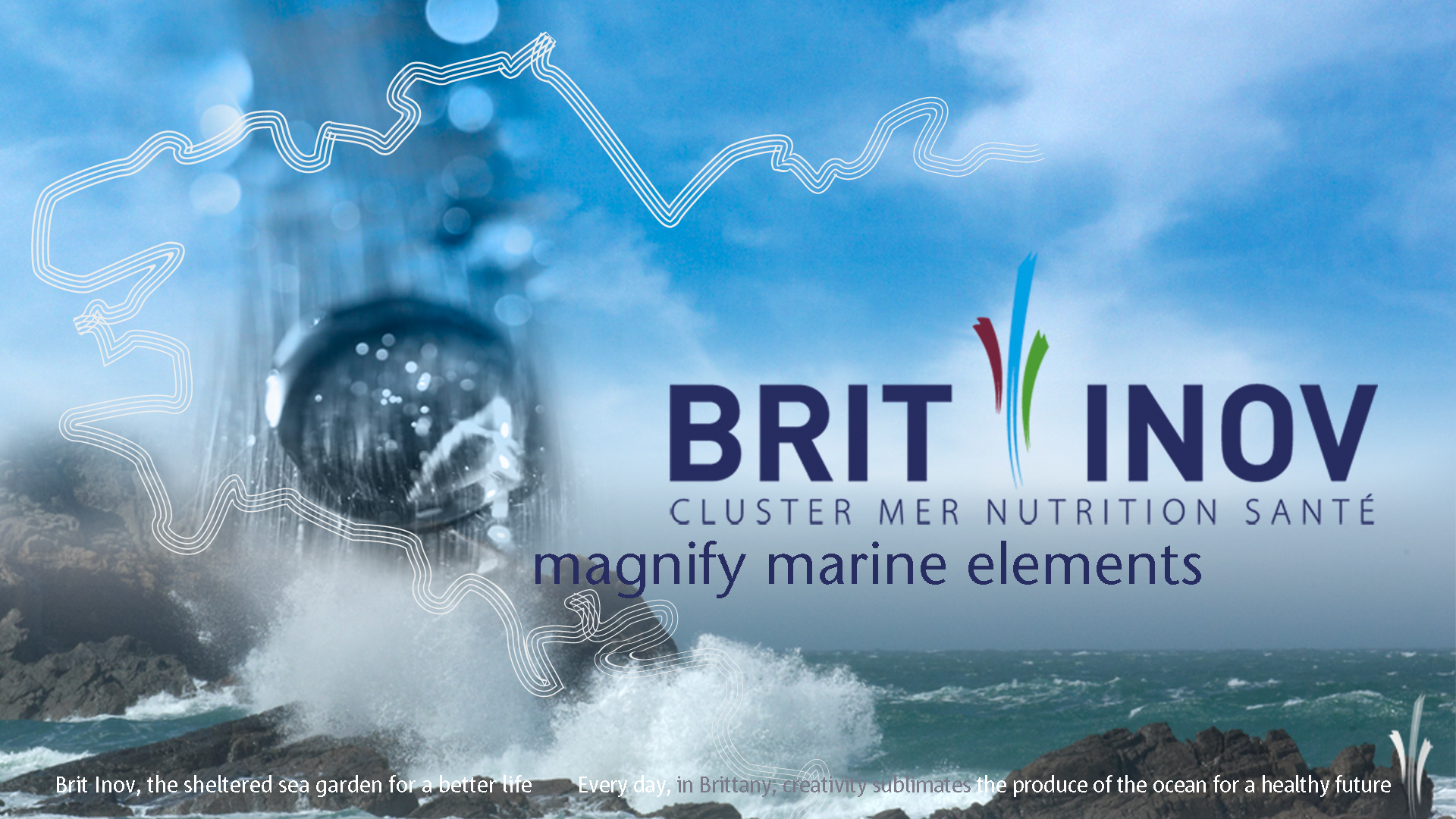

Sea vegetables
Halophyte plants of seaboard
The Sea Vegetable project originated in 2008 in the Brit Inov business cluster. Gilles Fournier, of Lanvian Serres, a member of the Savéol cooperative, decided to experiment with a new idea: growing samphire in greenhouse conditions.
With Savéol, he went ahead and started growing samphire in a greenhouse, in flat beds, using a world-exclusive technique. The result was a natural produce with guaranteed 100% quality. Today, he can provide a full range of salt-marsh plants with a variety of subtle tastes.
Chefs in search of new ideas quickly caught on to the idea and use the plants to highlight their culinary creations, both for their subtle favors and for their aesthetic qualities.
Protected, easily accessible, tasty saltwater plants, grown in greenhouses
Some saltwater plants or halophytes*, for example, samphire, sea fennel or sea kale, are well-known and have been used from time immemorial by coastal populations as condiments and food.
Many research publications have been devoted to their vors and colors that these plants provide. Moreover, the French NNHP* stipulates that eating vegetables is essential to healthy living.
They provide carbohydrates, lipids, and also vitamins, mineral salts and trace elements. The range of nutrients they provide, ensures you enjoy a healthy, balanced diet.
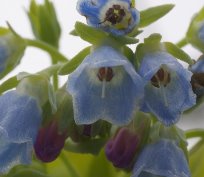
Greenhouse samphire
The variety developed exclusively by Savéol, produces a pretty light green-colored plant with multiple branches.
The samphire we have selected is an annual plant found on all the Atlantic coastal areas, from northern Europe to southern Spain. This type of samphire is specially selected and grown in greenhouses for guaranteed quality. Our crisp, soft-tasting samphire, without any trace of bitterness, is 100% natural and guaranteed stem-free. Our French and international customers are already taking a strong interest in the produce. Our recently awarded Global GAP certification is proof of our good practices. Samphire is an easy to cook and very effective when designing new dishes. It allows food processors and chefs looking for new ideas, textures and flavors, as well as healthy produce, to offer new culinary trends and broaden their range of dishes.
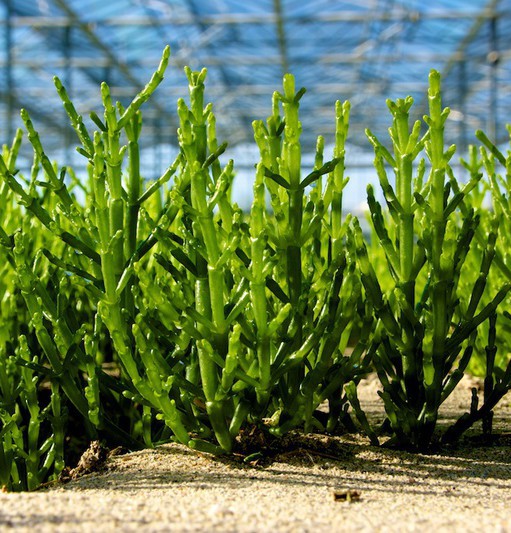
Did you know?
Samphire has a very low calorie count (15 calories per 100 g).
The plant has diuretic properties and a high silicium, trace element and vitamin A, C and D content. 100 g of samphire contain: 0.8 g of sodium, 40 mg of calcium, 2 mg of iron, 1.6 g of protein, 1 g of carbohydrates.
Sea Aster, Spinach with an ocean tang
Sea Aster is also called “sea spinach” or “pig’s ear” with reference to its fleshy leaves. You can eat these when they are still young, crisp and tender. Many like Sea Aster for its salty, slightly bitter taste. It can be used instead of spinach in the same culinary contexts and goes very well with meat and fish.
Salsola, Vegetable spaghetti
Known as agretti in Italy, Salsola is a culinary star in the Italian peninsula for its appetite-whetting and diuretic properties.
We grow the more delicate Japanese variety, which has practically no hard stem. The vegetable’s new-found popularity is due to its high mineral salt content: sodium, calcium, manganese, phosphorus, potassium, etc.
Cooking is what makes these fleshy, pointed leaves into delicious vegetable spaghetti and superb “angel nests”.
Sea fennel, An aroma second to none
This plant, found only in its coastal habitat, clings to cliffs and rocks and is impervious to wind and salt spray. It is now a listed species and cannot be harvested in the wild. Also known as the “rock-samphire”, it is known for its powerful aroma. Sea fennel is widely used in cosmetics and dietary products for its antioxidant and diuretic properties.
One or two finely chopped leaves are enough to spice up a sauce in a fish dish, or to add that extra touch to a vanilla ice-cream.
Its carrot and citronella aromas work wonders in far-eastern style dishes.
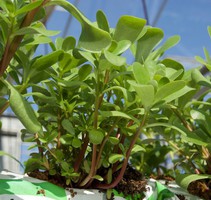
A touch of local history
Sea fennel chutney with vinegar was used instead of gherkins to spice up cold cuts. This kind of condiment was very common in the 16th century, and was produced on an industrial scale in France and Italy.
Plantago coronopsis, or sea-marsh plantain
With its elegant antler-shaped leaves, plantain always adds a delicate touch to plate decorations. When it grows by the sea, salt gives plantain that particular ocean aroma that connoisseurs appreciate. Its young shoots are delicious when eaten raw in a mesclun salad. Plantain gets its name from the latin “Plantago” meaning “the acting plant”.
From Roman times to the early 20th century, it was thought to have powerful medicinal properties, particularly as a cure for respiratory diseases. A few leaves rubbed together and applied directly onto an insect bite, a skin burn or a wound make an effective plant bandage that instantly relieves the pain.
Mertensia, The vegetable oyster
Mertensia, also called “oyster leaf”, is a surprising gastronomical curiosity. Its blue-green leaves immediaPhoney remind one of the sea, and the ocean’s salty tang is felt with the first bite. Eaten raw the Mertensia leaf has a distinctly oyster-like taste.
Now considered as a real luxury produce, Mertensia is found in the finest restaurants: eaten raw on a canapé, as an appetiser, with a glass of champagne, as dish decoration, or as accompaniment for line caught fish. It can also be used as a condiment, like samphire.
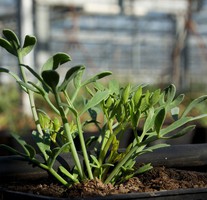
Purslane, the star of the “Mediterranean” diet
Well-known throughout the Mediterranean, purslane is a staple ingredient of the so-called “Mediterranean diet”. It is particularly tasty when it grows on a salt-laden sand-dune. This pretty, low calorie plant with fleshy, rounded leaves is full of trace elements (magnesium, calcium, iron, etc.), vitamins and Omega 3.
Sought after for its crisp, bitter-sweet taste, purslane reminds one of wild sorrel. You can eat the young shoots and leaves raw in salads, with tomatoes, peppers, a squirt of lemon juice and dash of olive oil. It is also delicious lightly fried in a pan with garlic and marjory, as a bed for scallop snacks or in a sauce dressing with fish.
The health “bonus”
Purslane contains provitamin A and beta-carotene. Its antioxidant qualities mean that it is recommended in preventing cardio-vascular disease.
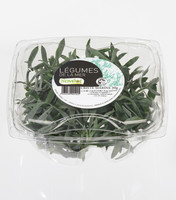
*NNHP: French National Nutrition and Health Program
*halophyte plants:
according to the Larousse dictionary, halophytes are higher species of plants, algae or fungi, living in salt water or on salty soil.
according to the Encyclopedia Universalis: Halophyte is not synonymous with halophile, which means “salt-loving”. Some halophytes, which can manage to live in high salt environments, grow normally on non salty soils and are therefore “facultative halophytes” which cannot be strictly defined as “halophiles”. On the other hand, other halophytes cannot develop complePhoney without high salinity concentration levels; these are “obligate halophytes”, which can be considered as true “halophiles” (samphire for instance).
